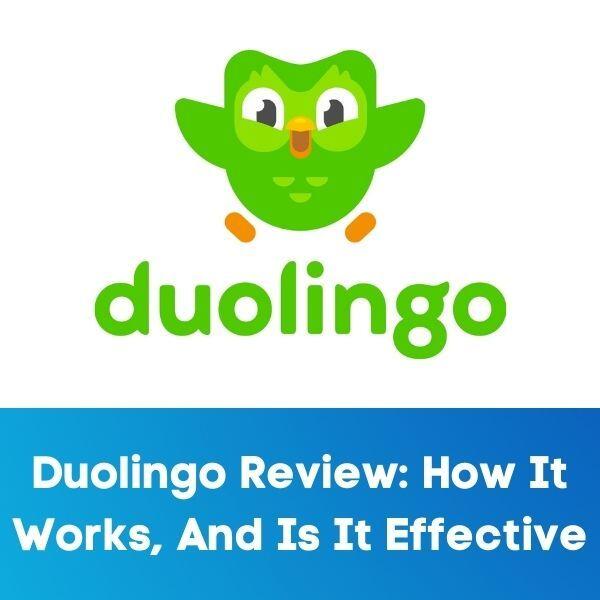Is ChatGPT Good For Translation?
Language translation is a complex process that goes beyond simply converting words from one language to another. It requires understanding not just the literal meaning but also cultural nuances, idioms, and contextual cues.
With advancements in artificial intelligence (AI), machine translation tools have evolved dramatically, enhancing our ability to translate languages in real-time.
Among the many AI-powered tools available, OpenAI’s ChatGPT is a renowned language model that holds much promise in the field of translation. But how effective is it, really?
ChatGPT, a product of OpenAI’s sophisticated language model GPT-4, is based on machine learning algorithms trained on a vast amount of text data from the internet. It boasts an understanding of context, semantic meaning, and can even mimic human-like conversational styles, providing it with a significant edge over more traditional translation tools.
As a rule-based system, ChatGPT utilizes its extensive knowledge base to predict the most likely next words in a sentence, allowing it to formulate comprehensive and contextually accurate responses. This can be particularly beneficial for translation purposes, as the model can decode complex phrases and sentences while maintaining the original context.
However, it’s essential to recognize that while ChatGPT excels in many areas, there are some limitations in using it as a standalone translation tool. It doesn’t specialize in translation per se, so it might not always choose the most suitable translation for specific phrases or idioms, particularly when the source language contains cultural nuances or colloquialisms.
Another challenge lies in the model’s dependence on pre-September 2021 data. For languages that evolve rapidly or newly coined terms, phrases, or slang, ChatGPT may struggle to provide the most accurate translation.
Furthermore, professional translation often requires a deep understanding of the topic at hand, including industry-specific jargon. While ChatGPT has been trained on a broad range of text, its knowledge of highly specialized language can sometimes be limited.
Despite these limitations, the combination of ChatGPT’s wide-ranging understanding and its ability to learn from the context makes it a powerful tool that can aid in translation tasks. It might not replace professional human translators in the foreseeable future, especially for nuanced or specialized texts, but it can undoubtedly act as a valuable assistant, providing quick, general translations or helping to understand the gist of a foreign-language text.
Moreover, as an AI model, ChatGPT holds the potential to continually improve its translation capabilities with more training and iterative improvements. Future versions may well address the current limitations, making it an even more potent tool for translation.
In conclusion, while ChatGPT might not be the ultimate solution for all translation needs, it certainly serves as an effective tool for general translations and understanding the gist of texts in a different language.
As AI and machine learning continue to evolve, we can expect future versions of ChatGPT to offer even more improved and nuanced translation capabilities.
In the interim, ChatGPT serves as a testament to how far we’ve come in the field of AI and its potential to revolutionize language translation.


